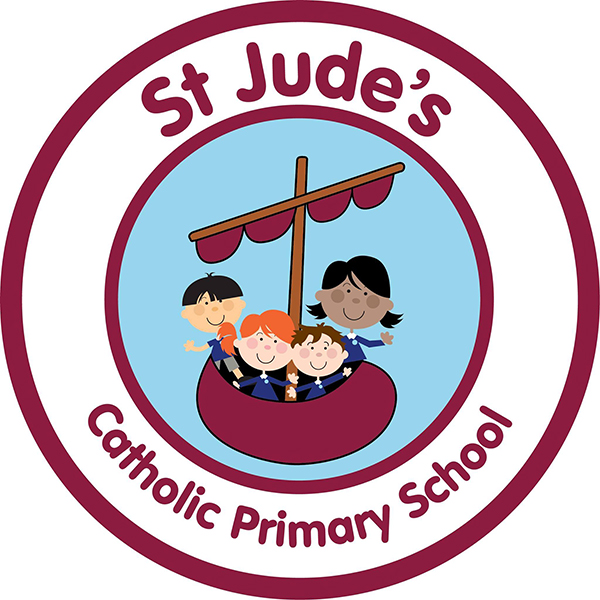
Exploring wheels and axles
We looked at the different ways that wheels and axles work before deciding how the wheels will work on our own vehicles.
482At St. Jude’s, children receive a design and technology curriculum which allows them to exercise their creativity through designing and making. Our Design and Technology curriculum provides enrichment, develops creativity, sets challenges, engages and inspires children and equips them with the knowledge and skills in order to persevere and solve design problems. The curriculum is designed to engage and interest our pupils by posing problems that are grounded in real life situations. The children are taught to combine their designing and making skills with knowledge and understanding in order to design and make a product. Skills are taught progressively to ensure that all children are able to learn and practice these skills with confidence, this alongside a nurturing approach supports children so they are able to reach their full potential. The ongoing evaluation process is vital to understanding how and why a product or design element has been successful or not. Evaluation is an integral part of the design process and allows children to adapt and improve their product, this is a key skill which they need throughout their life. D&T allows children to apply the knowledge and skills learned in other subjects, particularly Maths, Science, Computing and Art.
Our whole enriched curriculum is shaped by our school vision which aims to enable all children, regardless of background, ability, additional needs, to flourish to become the very best version of themselves they can possibly be. We teach the National Curriculum, supported by a clear skills and knowledge progression. This ensures that skills and knowledge are built on year by year and sequenced appropriately to maximise learning for all children. All teaching of DT should follow the design, make and evaluate cycle. The design process should be rooted in real life with relevant contexts to give meaning to learning. While making, children should be given choice and a range of tools to choose freely from. To evaluate, children should be able to evaluate their own products against a design criteria. Each of these steps should be rooted in technical knowledge and vocabulary. DT should be taught to a high standard, where each of the stages should be given equal weight.
In Key stages 1 and 2, we actively encourage perseverance and creative thinking and aim to plan inspiring and enriching learning specifically for a purpose by:
Design
Make
Evaluate
Design
Make
Evaluate
All children in our school are educated to develop their creativity and technical and practical expertise to enable them to perform everyday tasks confidently. When designed our curriculum our knowledge organisers specifically plan for a purpose within Design and Technology.
We have a rigorous monitoring program to ensure all the national curriculum is being covered. Monitoring in the subject takes place every half term and is fed back to staff and acted upon so that we can constantly improve our Design Technology provision in school.
We achieve this by thriving to give every opportunity to solve real life problems and to consider alternative materials specific to a particular audience and purpose. At the end of each unit, we encourage children to be reflective on their designs. Through the evaluation of past and present design and technology, they develop a critical understanding of its impact on daily life and the wider world. High-quality design and technology education makes an essential contribution to the creativity, culture, wealth and well-being of the nation. Within Design and Technology at St Jude’s we promote perseverance, individual creativity, critical thinking and encourage every child to reach their potential providing them with the basics of problem solving skills that can be developed and improved through the next stage of their school life.
Year 1 Design Technology MTP chairs
Year 1 Design Technology MTP Rockets
Year 2 Design Technology MTP Fire Engines
Year 2 Design Technology MTP Pizzas
Design Technology Year 3 medium term plan Moving Monsters
Year 3 Design Technology MTP Lever and Linkages
Year 4 – DT MTP – Pasta
Year 4 – DT MTP – Strengthening Structures
Year 4 – DT MTP – Torches
Design Technology Year 5 medium term plan bridges
Year 5 Design Technology MTP moving toys
Design Technology Year 6 medium term fairground rides
Year 6 Design Technology MTP Phone Cases
Year 6 Design Technology MTP Bread